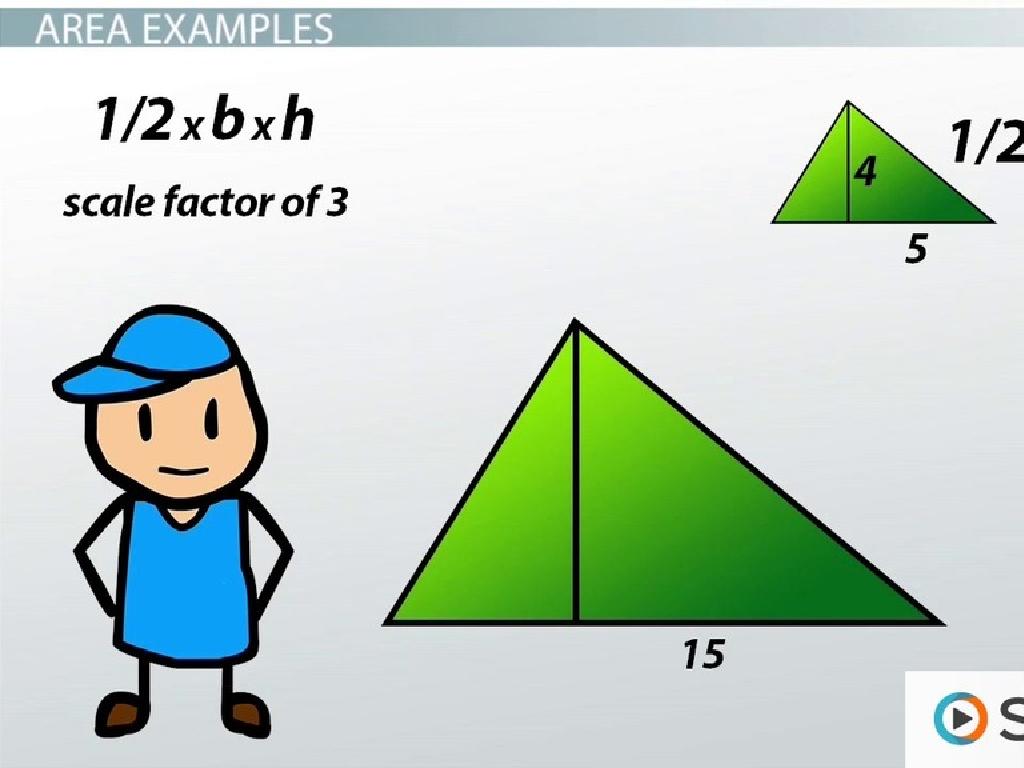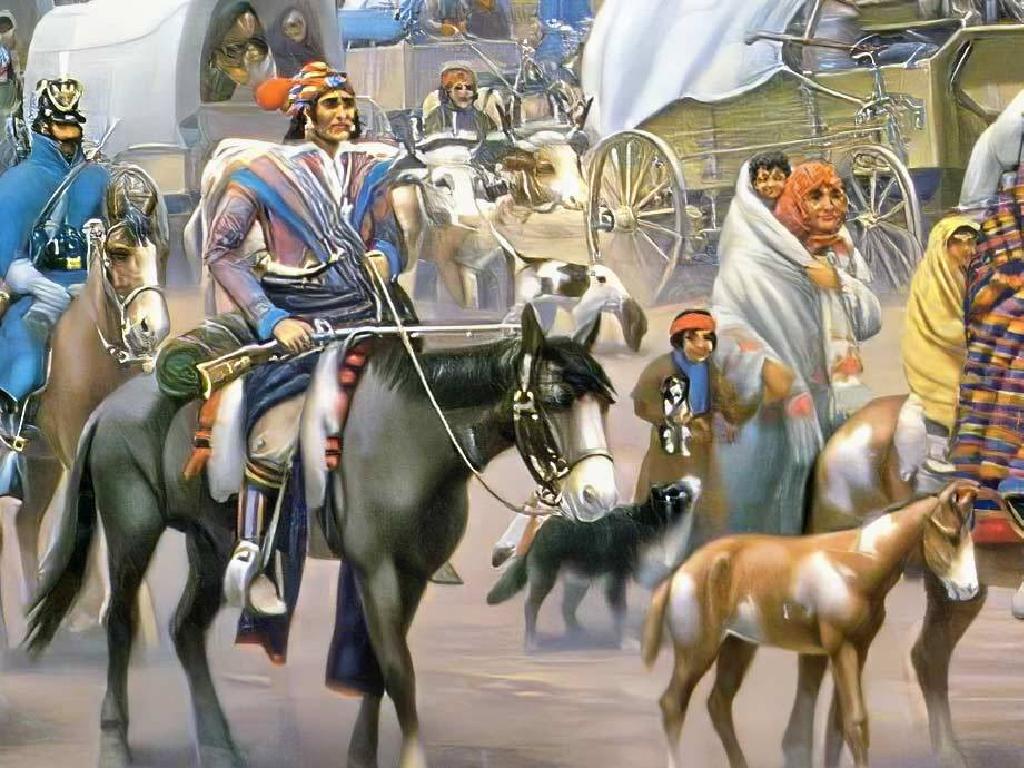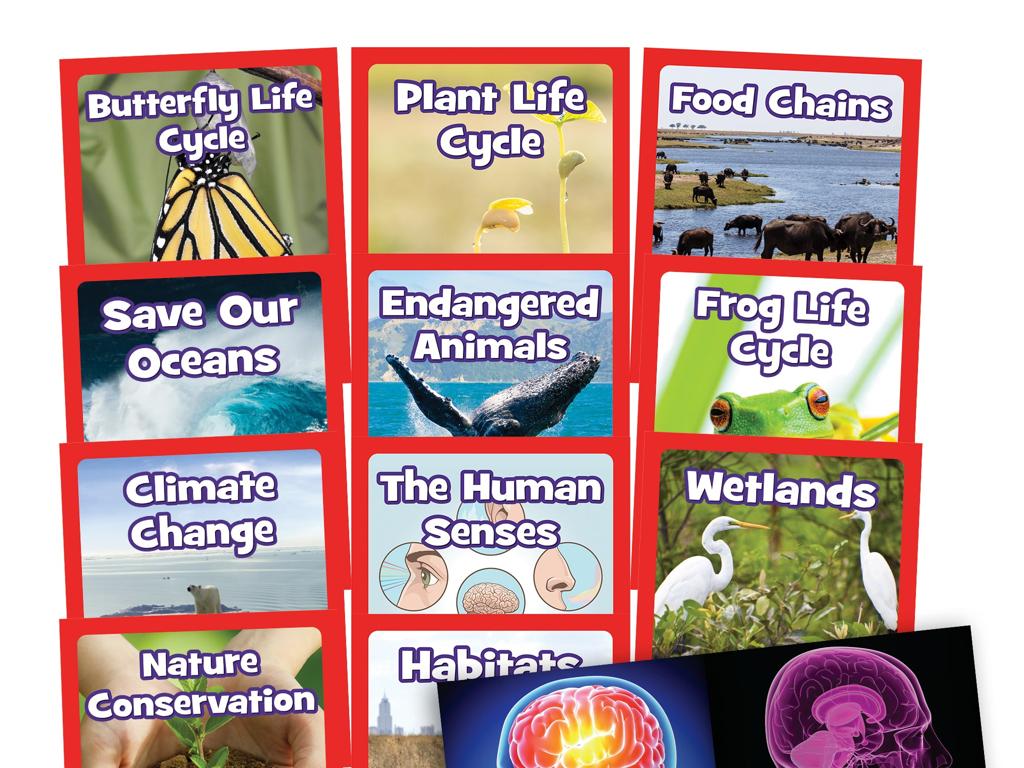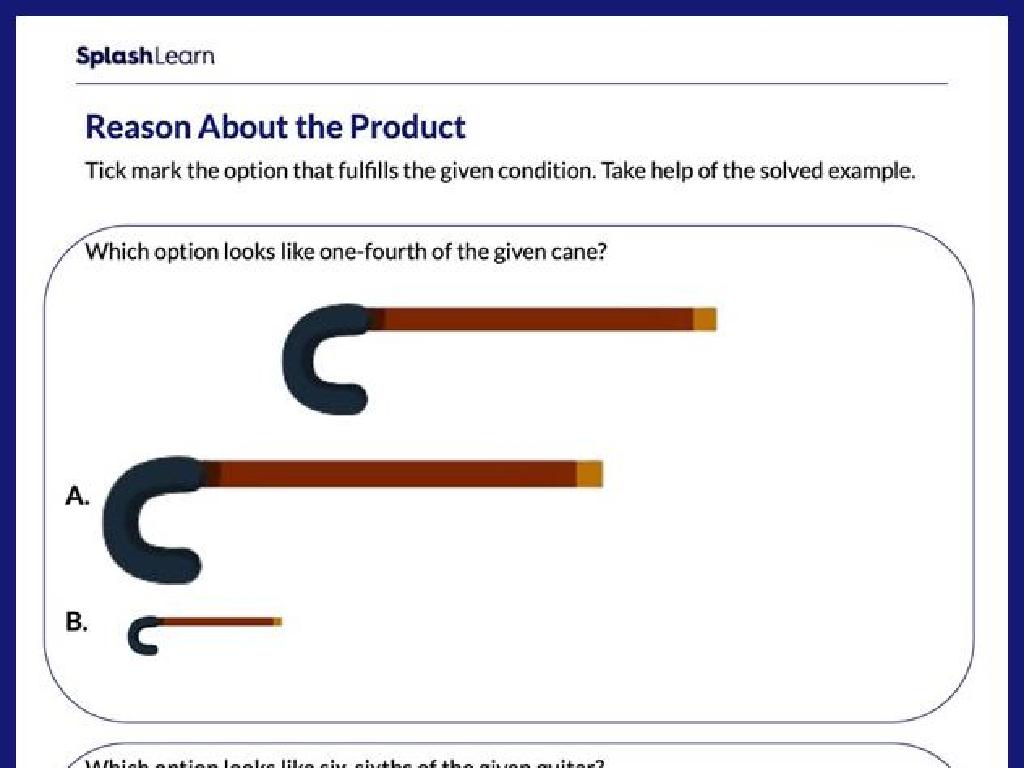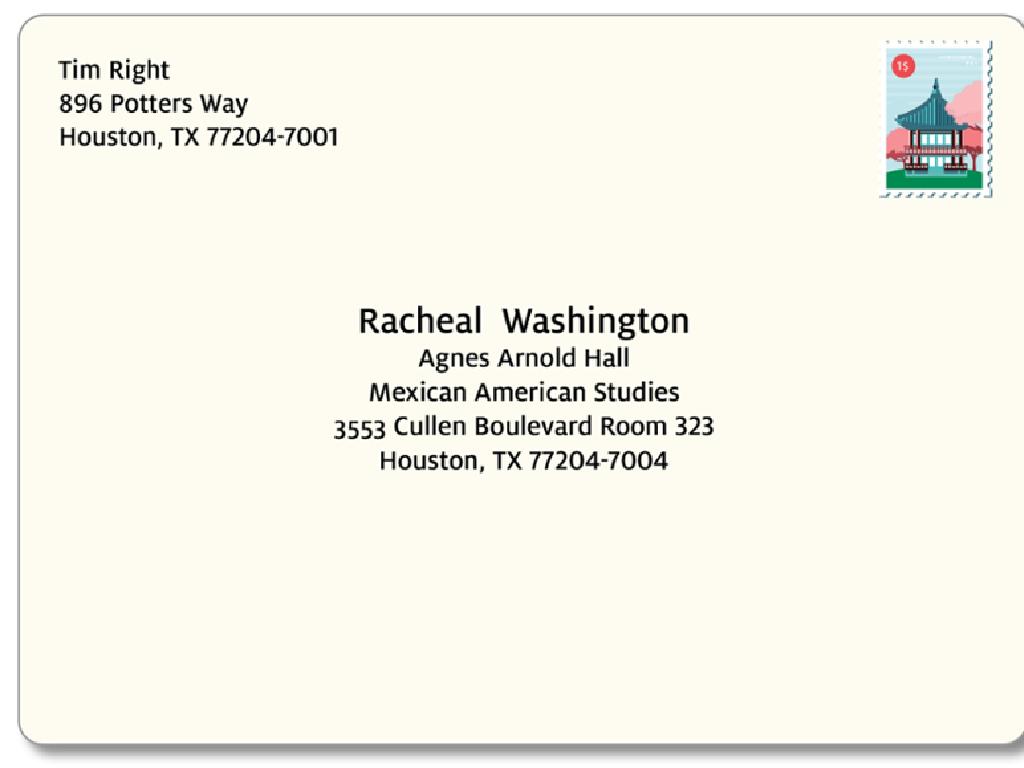Convert Between Celsius And Fahrenheit
Subject: Math
Grade: Eighth grade
Topic: Units Of Measurement
Please LOG IN to download the presentation. Access is available to registered users only.
View More Content
Temperature Units: Celsius & Fahrenheit
– Explore temperature scales
– Reasons for Celsius & Fahrenheit
– Celsius is metric, Fahrenheit is customary. Each has historical and regional reasons.
– Usage of temperature units
– Celsius is used worldwide, Fahrenheit mainly in the U.S.
– Comparing scales in practice
– Let’s see how weather forecasts differ in the U.S. and other countries.
|
This slide introduces students to the concept of temperature measurement and the two most commonly used scales: Celsius and Fahrenheit. Begin by explaining that different scales were developed based on historical contexts and the needs of various regions. Celsius is part of the metric system, widely adopted around the world for its simplicity and ease of use in scientific calculations. Fahrenheit, on the other hand, is used primarily in the United States and a few other countries. Discuss the usage of each unit in daily life, such as weather forecasts, cooking, and science. Encourage students to think about why understanding both scales is important, especially in a global context. Provide examples of temperature conversions to illustrate the practical application of these units in real-life scenarios.
Understanding Celsius
– Origin of the Celsius scale
– Invented by Anders Celsius in 1742, based on the freezing and boiling points of water
– Common uses of Celsius
– Used worldwide for weather, cooking, and science
– Celsius temperature examples
– 0°C is freezing, 20°C is room temp, 100°C is boiling
– Freezing and boiling points
– 0°C for freezing point, 100°C for boiling point of water at sea level
|
The Celsius scale, proposed by Anders Celsius in 1742, is a temperature scale based on the freezing (0°C) and boiling points (100°C) of water at 1 atmosphere of pressure. It’s widely used around the world for everyday temperature measurements, scientific work, and cooking. When converting temperatures, it’s crucial to understand these reference points, as they are the basis for the scale. For example, room temperature is typically around 20°C, which is a comfortable ambient temperature in many places. Understanding the Celsius scale is essential for students before they learn to convert between Celsius and Fahrenheit.
Understanding Fahrenheit
– Origin of Fahrenheit scale
– Created by Daniel Gabriel Fahrenheit in 1724
– Common uses in daily life
– Used for weather, cooking, and body temp.
– Freezing & boiling points
– Water freezes at 32°F, boils at 212°F
– Converting to Celsius
– Use the formula (F 32) × 5/9 = C
|
This slide introduces students to the Fahrenheit temperature scale, starting with its history, established by Daniel Gabriel Fahrenheit in the early 18th century. Emphasize the scale’s relevance in everyday life, particularly in the United States, where it’s used for weather forecasts, cooking recipes, and measuring body temperature. Highlight key reference points like the freezing and boiling points of water, which are 32°F and 212°F, respectively. Lastly, teach students the formula for converting Fahrenheit to Celsius, which is essential for understanding and comparing temperatures in different units. Encourage practice with conversion examples to solidify their understanding.
Comparing Celsius and Fahrenheit
– Visualize temperature scales
– Side-by-side scale comparison to see differences and overlaps
– Key points of comparison
– Celsius is metric, Fahrenheit is used in the U.S., boiling/freezing points differ
– Relationship of Celsius & Fahrenheit
– The two scales intersect at -40°, where Celsius equals Fahrenheit
– Converting temperatures
– Use formulas: F = C * 9/5 + 32 and C = (F – 32) * 5/9 for conversion
|
This slide aims to help students visually understand and compare the Celsius and Fahrenheit temperature scales. Highlight the key differences, such as the metric system’s use of Celsius and the U.S.’s use of Fahrenheit, and the different points at which water boils and freezes. Emphasize the unique point where both scales read the same temperature at -40 degrees. Teach students the formulas for converting between the two scales and provide examples for practice. Encourage students to think about why different scales might be used in different countries and contexts.
Converting Celsius and Fahrenheit
– Celsius to Fahrenheit formula
– To convert, multiply by 9/5, then add 32
– Fahrenheit to Celsius formula
– Subtract 32 from Fahrenheit, then multiply by 5/9
– Comprehend conversion math
– Understand the ratio and scaling involved
– Practice with examples
|
This slide introduces the mathematical formulas for converting temperatures between Celsius and Fahrenheit, which are crucial for understanding different temperature scales used globally. Emphasize the multiplication and addition/subtraction steps in the formulas. Explain that the 9/5 and 5/9 factors are the result of the ratio between the two scales, where 180 degrees in Fahrenheit corresponds to 100 degrees in Celsius. Encourage students to practice by converting temperatures they encounter in daily life or in weather reports. Provide examples such as converting room temperature (21°C to Fahrenheit) or body temperature (98.6°F to Celsius) to solidify their understanding.
Converting Celsius and Fahrenheit
– Convert Celsius to Fahrenheit
– Use the formula F = (C × 9/5) + 32. For example, 20°C to F: (20 × 9/5) + 32 = 68°F.
– Convert Fahrenheit to Celsius
– Apply the formula C = (F – 32) × 5/9. For instance, 68°F to C: (68 – 32) × 5/9 H 20°C.
– Memorization tips for formulas
– Remember ‘C to F’ as ‘multiply by 9, divide by 5, then add 32’.
– Practice with real examples
– Let’s try converting 25°C to F and 77°F to C together.
|
This slide provides a clear guide for students to convert temperatures between Celsius and Fahrenheit. Start by explaining the formulas for conversion and then demonstrate each with a step-by-step example. Emphasize the order of operations in each formula. Share tips to help students remember the formulas, such as associating ‘C to F’ with the numbers 9 and 5, and the phrase ‘add 32 for F’. Encourage students to practice by converting temperatures they encounter in daily life or through exercises provided in class. This will help solidify their understanding and ability to use these formulas effectively.
Practice Problems: Celsius and Fahrenheit
– Interactive conversion examples
– Try converting 0°C to Fahrenheit and vice versa
– Discuss problem-solving strategies
– Share different methods to solve conversions
– Provide immediate feedback
– Guide through each step
– Teachers will help you understand mistakes
|
This slide is designed to engage students with hands-on practice in converting temperatures between Celsius and Fahrenheit. Start with interactive examples, such as converting 0°C to Fahrenheit, and encourage students to try these on their own. Facilitate a class discussion on various strategies to tackle these problems, such as using the formulas (C = (F – 32) * 5/9) and (F = C * 9/5 + 32). Provide immediate feedback to students as they work through the problems, and offer guidance to ensure they understand each step of the conversion process. This interactive approach helps solidify their understanding and allows them to learn from their peers.
Real-World Applications of Temperature Conversion
– Importance of Celsius and Fahrenheit
– Understanding both scales is crucial for global communication and science.
– Weather forecasts and temperature units
– Meteorologists often provide data in Celsius and Fahrenheit to cater to diverse audiences.
– Professions using both temperature units
– Chefs, scientists, and healthcare workers often need to convert temperature units in their work.
|
This slide aims to highlight the practical significance of being able to convert between Celsius and Fahrenheit. Students should understand that these two temperature scales are used in different regions of the world, and being conversant with both is essential for international travel, scientific research, and even watching weather reports. Emphasize that many professions, including culinary arts, scientific research, and healthcare, require a working knowledge of both units to ensure accuracy in recipes, experiments, and patient care. Encourage students to think of other areas where temperature conversion might be necessary and to consider the impact of incorrect conversions in professional settings.
Class Activity: Temperature Conversion
– Pair up or form small groups
– Receive a set of temperatures
– Convert temperatures between scales
– Use the formulas: (°F – 32) x 5/9 = °C or (°C x 9/5) + 32 = °F
– Present findings and methods
|
This activity is designed to encourage collaborative learning and practical application of temperature conversion formulas. Divide the class into pairs or small groups to foster teamwork. Each group will receive a set of temperatures that they will need to convert between Celsius and Fahrenheit using the appropriate formulas. After completing the conversions, groups will present their findings to the class, explaining the method they used to arrive at their answers. This will help reinforce their understanding of the conversion process and allow them to learn from each other. For the teacher: Prepare diverse sets of temperatures, ensure students understand the formulas, and guide them through the first few conversions if necessary. Possible variations of the activity could include converting temperatures related to weather forecasts, cooking recipes, or scientific experiments.
Temperature Conversion Recap
– Review conversion formulas
– Celsius to Fahrenheit: (°C × 9/5) + 32, and vice versa: (°F – 32) × 5/9
– Emphasize accuracy importance
– Accurate conversions are crucial in science and daily life situations.
– Encourage questions
– Clarify any doubts
|
As we conclude, revisit the formulas for converting between Celsius and Fahrenheit to reinforce learning. Stress the importance of precision in these conversions, as accuracy is vital in scientific experiments, cooking, and international travel. Encourage an open dialogue where students feel comfortable asking questions to resolve any lingering uncertainties. Addressing these doubts will solidify their understanding and confidence in applying these conversions in real-world scenarios.

